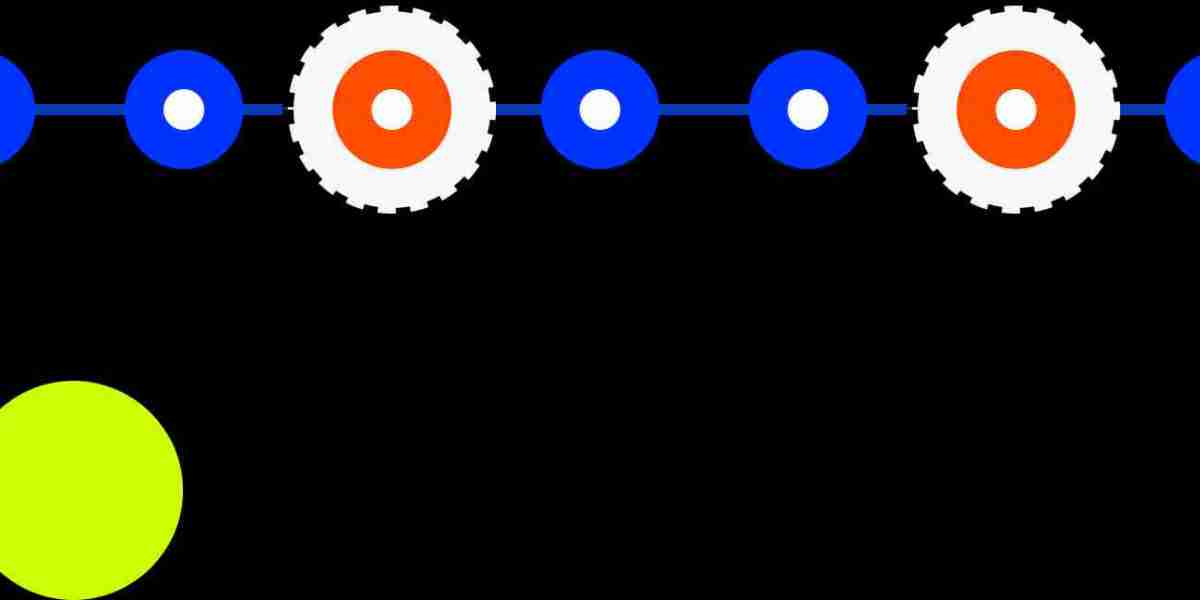The concept of block chain explorer
In his article "Bitcoin: A peer-to-peer electronic currency system", Satoshi Nakamoto did not provide a specific definition of "blockchain", but only proposed a chain blockchain structure based on hash proof, which is called a data structure of blockchain. The term "blockchain" also comes from this, where the term "block" refers to a basic structural unit (block) that contains data, while the chain represents a hash-linked list generated by the block.
Narrowly speaking, according to the 2016 White Paper on the Development of Blockchain Technology and Applications in China released by the Ministry of Industry and Information Technology, blockchain technology is a distributed ledger technology that combines data blocks in chronological order to form a chain data structure and ensures immutability and unforgeability through cryptographic methods. Broadly speaking, blockchain technology is a new distributed infrastructure and computing paradigm that utilizes blockchain data structures to verify and store data, distributed node consensus algorithms to generate and update data, cryptographic methods to ensure data transmission and access security, and smart contracts composed of automated script code to program and manipulate data. It is generally believed that blockchain technology is an emerging technology that emerged alongside digital currencies led by Bitcoin. It is a peer-to-peer distributed ledger technology based on cryptographic algorithms, and a new application model of computer technologies such as distributed storage, peer-to-peer transmission, consensus mechanism, and encryption algorithm.
Blockchain consists of three basic elements, namely Transaction (a single operation that causes a change in the state of the ledger), Block (a record of transactions and state results that occur over a period, which is a consensus on the current state of the ledger), and Chain (a log record of the entire state change formed by concatenating blocks in the order of occurrence). Each block in the blockchain stores data records (i.e. transactions) for a specified period and constructs a secure and trustworthy chain through cryptography, forming an immutable and shared distributed ledger for all members. Simply put, blockchain is a ledger that includes all historical transactions, with one copy held between different nodes, and consensus algorithms used between nodes to ensure that everyone's ledger eventually becomes consistent. Each block in the blockchain is a page of the ledger that records a batch of transaction entries. In this way, all transaction details are recorded in a public ledger that can be seen by any node. If you want to modify a recorded transaction, all nodes holding the ledger need to modify it simultaneously. Meanwhile, because each page in the blockchain ledger records a summary of information from the previous page, if a certain page of the ledger is modified (i.e. a block is tampered with), its summary will not match the summary recorded on the next page. In this case, the content of the next page will need to be modified together, which further leads to a mismatch between the summary on the next page and the record on the next page.








